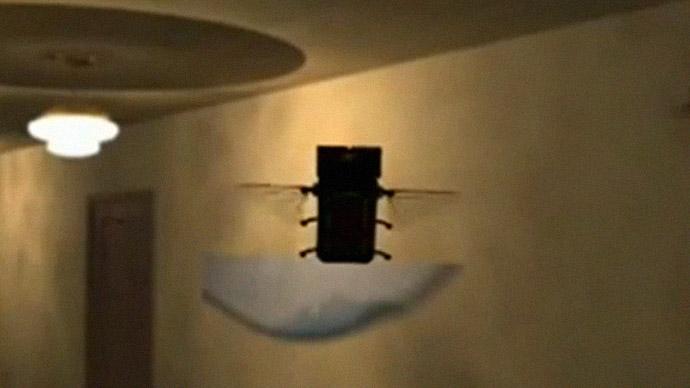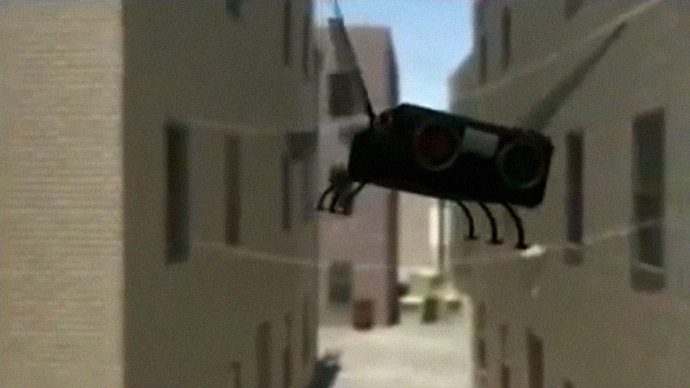Lethal buzz: US Air Force developing insect-size drones

The US Air Force is developing bug-sized drones that will be able to fly, crawl, perch and hover while performing unprecedented surveillance tasks and carrying out deadly targeted missions.
The new project has been shown in a promotional video released by the US Air Force Research Laboratory. Its Air Vehicles Directorate is developing the Micro Air Vehicles (MAVs) that it claims “will become a vital element in the ever-changing war-fighting environment and will help ensure success on the battlefield of the future.”
"Unobtrusive, pervasive, lethal – Micro Air Vehicles, enhancing the capabilities of the future war fighter," says the video.
The tiny drones will be able to enter inaccessible locations using new forms of navigation such as a vision-based technique called “optic flow,” which can be used when traditional methods like GPS are unavailable.
Most importantly some MAVs may perform direct attack missions, becoming a lethal surprise for unsuspecting targets. “It could be equipped with incapacitating chemicals, combustible payloads, or even explosives or precision-targeting capability.”

The video also describes multiple MAVs deployed for "swarm operations" to survey large areas with information using their combined sensors. “Data will be communicated amongst the MAVs to enable real time, reliable decision-making and to provide an overall surveillance picture for other platforms or operators.”
The project, which was originally revealed in the March issue of National Geographic, is based at Wright-Patterson Air Force Base in Dayton, Ohio.
Tiny remote-control prototypes have already been developed. However, due to high power consumption they can only operate for a few minutes.














